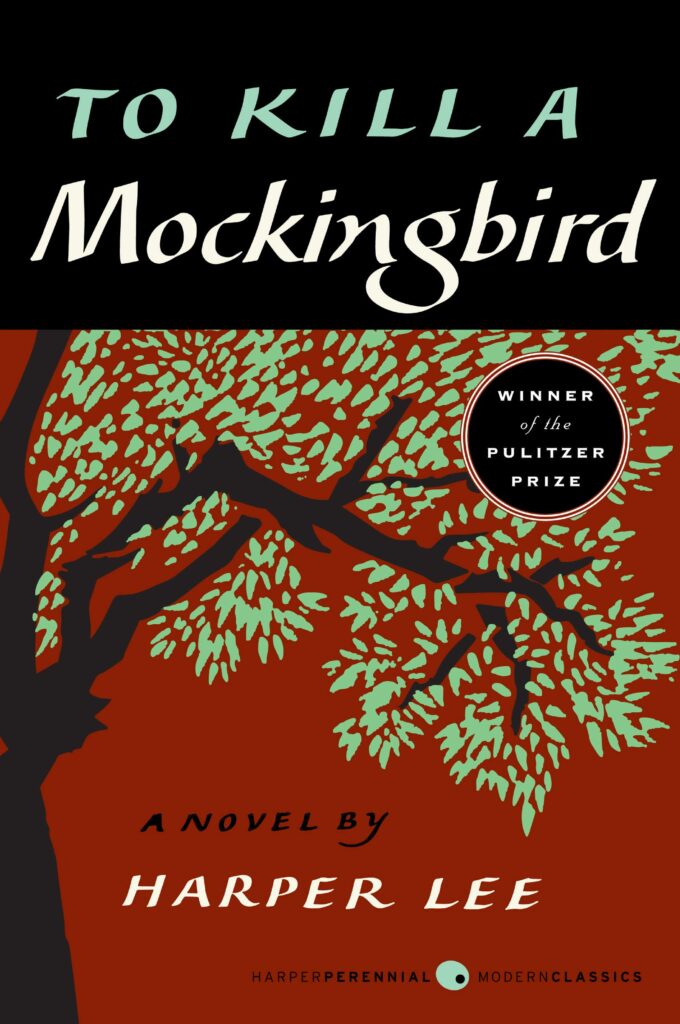
Consonance and assonance are associated writing techniques where words with similar sounds are repeated close together. It’s a great way to add a bit of flavor to your writing, as long as it doesn’t get too cheesy!
Consonance is a pleasing sound play, where consonant sounds repeat within nearby words, creating a subtle harmony that tickles the reader’s ears and adds musicality to the text. Assonance is a melodious echo, where vowel sounds repeat within nearby words, creating a tuneful resonance that enchants the reader’s ears and adds a lyrical touch to the text.
Five famous examples of consonance are:
- “Peter Piper picked a peck of pickled peppers.”
- “She sells seashells by the seashore.”
- “How now brown cow?”
- “Fuzzy Wuzzy was a bear.”
- “Betty Botter bought some butter.”
Some famous examples of assonance are:
- “Beware the Jabberwock, my son”
- “Tall and taut and terrifically tanned”
- “Fee, fie, foe, fum”
- “Round the rugged rock the ragged rascal ran”
Understanding Consonance and Assonance
Consonance and assonance may seem like two peas in a pod, but they each bring their own unique flavor to the writing smorgasbord. Both techniques are used to make writing more engaging and memorable, but there’s a slight difference between the two. Consonance focuses on consonant sounds (think b, d, f, and so on), while assonance is all about vowel sounds (a, e, i, o, u).
Think of consonance as crunchy cookies and assonance as velvety ice cream. Both are tasty treats, but they’re made from different ingredients and have distinct textures. Similarly, consonance and assonance add unique touches to writing, creating a more captivating and delicious reading experience.
Why Use Consonance and Assonance in Writing?
These scrumptious literary techniques can transform bland writing into a mouth-watering masterpiece. By using consonance and assonance, writers can:
- Create rhythm and flow: Repeating sounds helps to establish a rhythm in the writing, making it more enjoyable to read and easier to follow.
- Enhance imagery and mood: Repeated sounds can evoke emotions and paint vivid pictures in the reader’s mind, helping to create a specific atmosphere or setting.
- Make writing more memorable: Catchy phrases, such as tongue twisters, stick in the reader’s mind, making the writing more memorable and engaging.
How to Create Consonance and Assonance
Now that the appetizing advantages of consonance and assonance are clear, it’s time to learn how to whip them up in writing. Here are a few simple steps to follow:
- Identify the sound to repeat: Choose a consonant or vowel sound to emphasize. This could be based on the mood, theme, or desired effect of the writing.
- Find suitable words: Look for words that contain the chosen sound. For consonance, focus on words with the same consonant sound, while for assonance, find words with the same vowel sound.
- Place words strategically: Position the words with the repeated sound close together, but not always right next to each other. This creates a subtle, yet noticeable effect.
Delectable Examples of Consonance and Assonance
Ready to dig into some tasty examples of consonance and assonance? Here are a few more morsels to chew on:
Consonance:
- “The wind was wild and wacky, whipping Wendy’s hair around.”
- “Lenny the lion licked his lips and lounged in the lush, green grass.”
- “The cackling crows circled the cornfield, casting shadows on the crop.”
Assonance:
- “In the gleaming, gleeful glade, the fleeting deer played.”
- “Hear the mellow wedding bells, golden bells.”
- “Drowsy, dozing dogs dream of chasing squirrels in their sleep.”
To sum it up, consonance and assonance are two delightful literary techniques that can add pizzazz to any piece of writing. By repeating consonant or vowel sounds, writers can create rhythm, enhance imagery, and make their work more memorable. So, go ahead and sprinkle some consonance and assonance into writing for a truly scrumptious reading experience. Bon appétit!
If you’re thirsty for more writing knowledge, head over here to learn all 74 literary devices.





